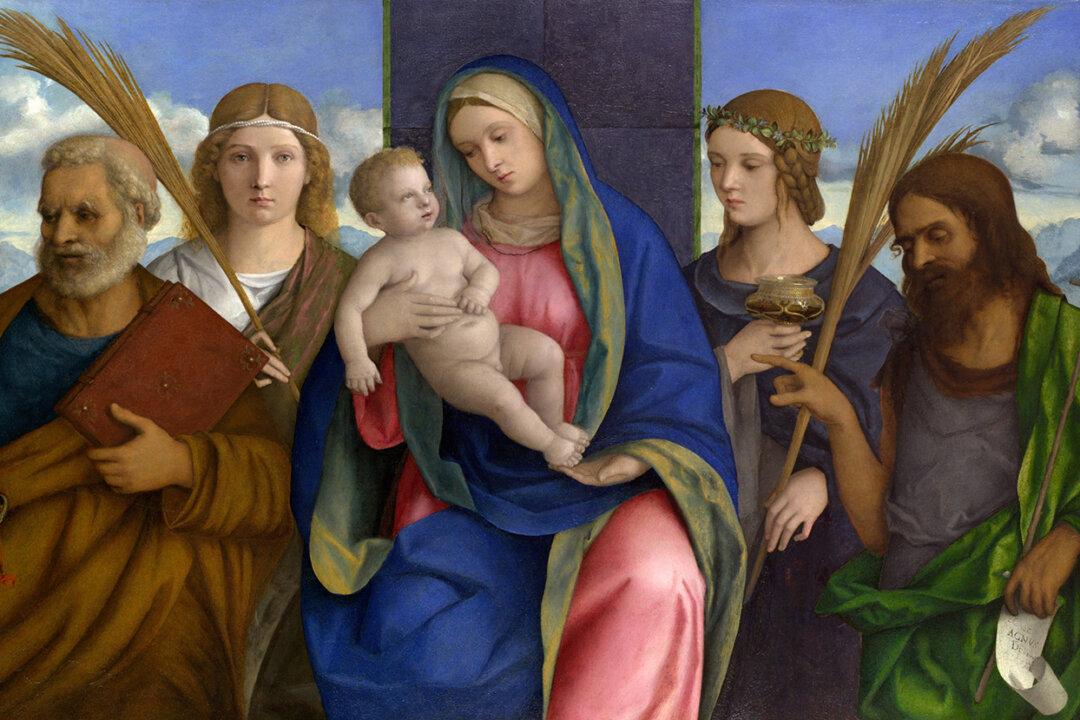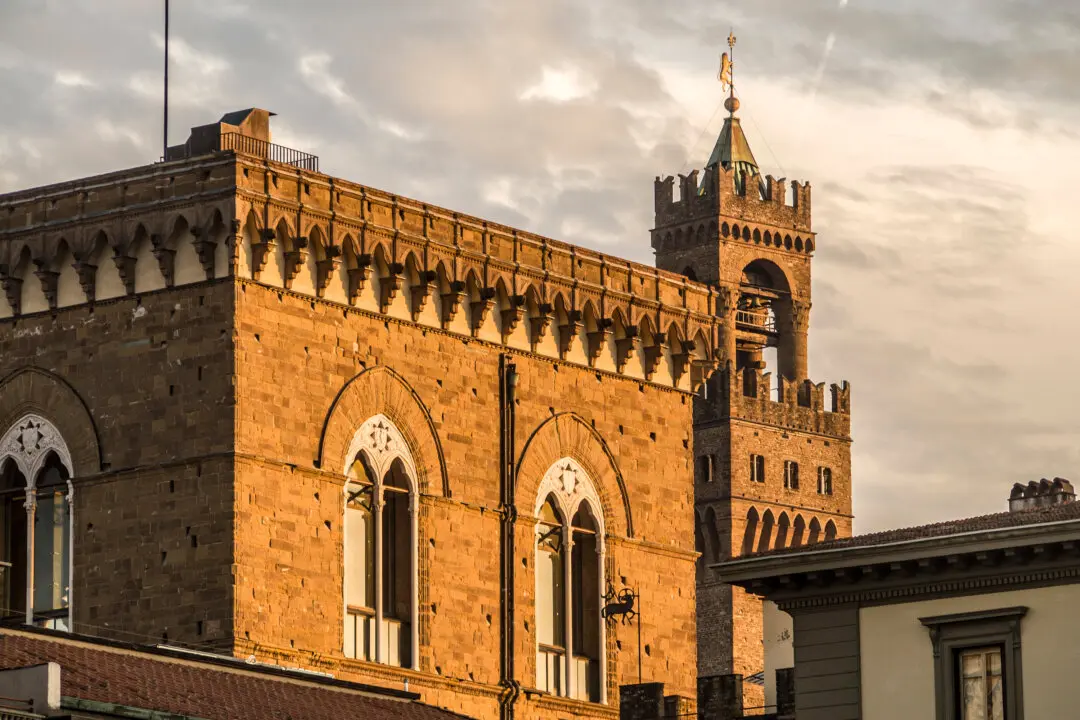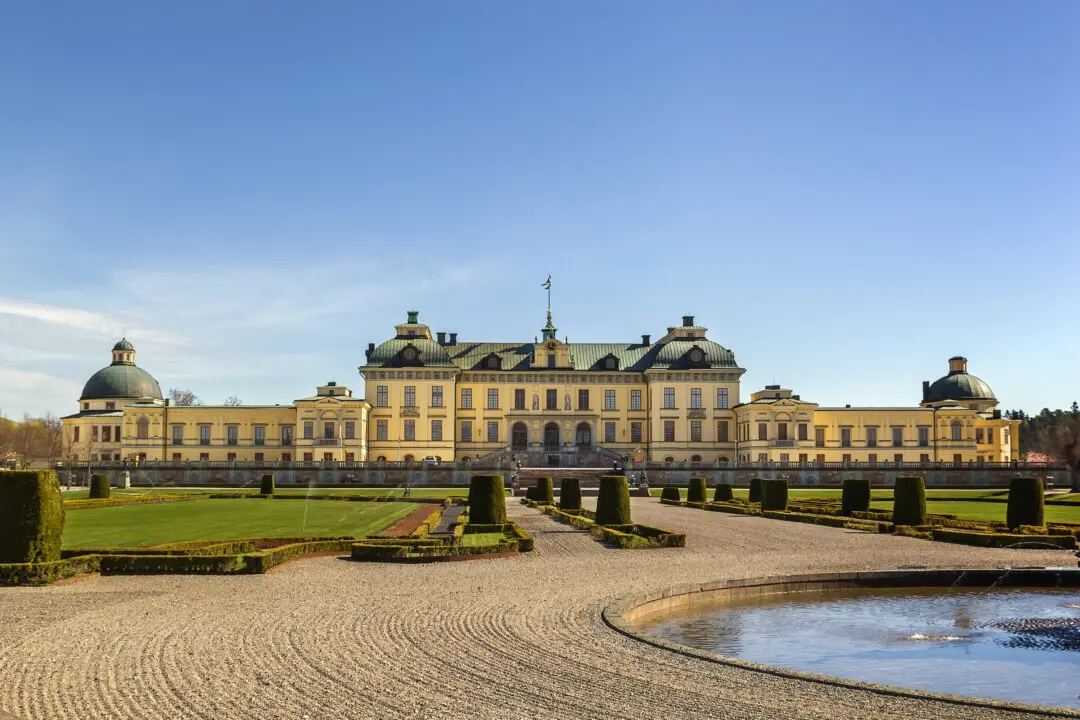While a photograph of Giovanni Bellini’s “Portrait of Doge Leonardo Loredan” may give the illusion of a photographed actor in costume rather than a painted portrait, the artwork displays exquisite but restrained beauty. The doge’s robe and face appear to have the realistic textures of silk and skin. The folds in the silk and creases in the face are true to life. Ironically, this portrait probably receives more unfair criticism than any other work of art.
The paradox is due to the fact that Bellini’s painting is perfectly suited to a comparison of his work with that of his student Titian. Titian later painted a portrait of one of Loredan’s successors, Doge Andrea Gritti. As common for portraits of the age, both depict the head and upper torso against a plain background. Bellini’s work was claimed to exemplify “bland conventionality” in comparison to Titian’s, whose skills were generally accepted to have surpassed his illustrious predecessors.





